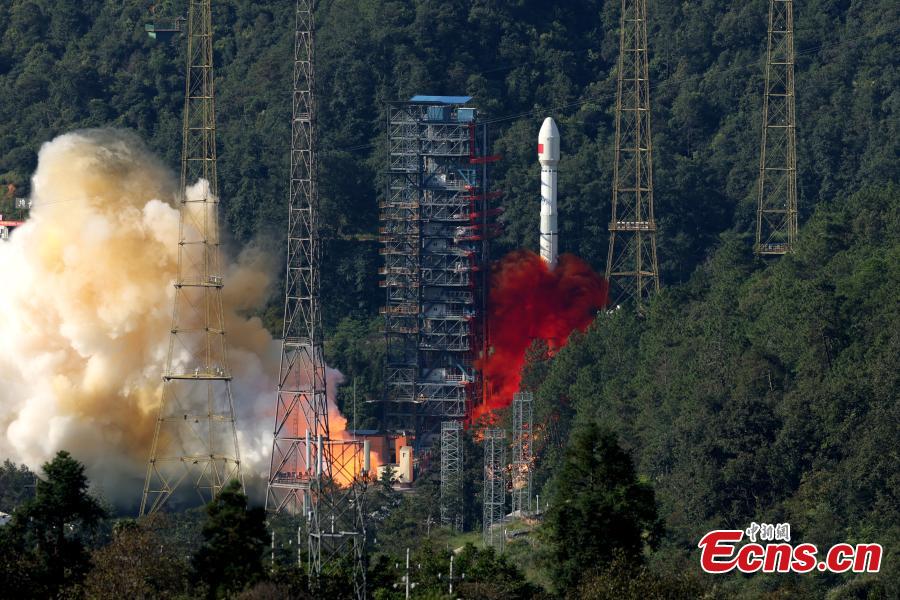
A bill signed into law last week by Gov. Gavin Newsom could help address the San Joaquin Valley’s severe doctor shortage by making it easier for licensed physicians and dentists from Mexico to practice here. Authored by Assemblymember Eduardo Garcia, D-Coachella, seeks to fill critical gaps in healthcare by allowing Mexican doctors to work in California for three years.
The bill faced no opposition in the Assembly and Senate. The program included in the law builds on an earlier pilot project that brought Mexican physicians to help California’s underserved communities. The Licensed Physicians and Dentists from Mexico Pilot Program, established in 2002 under Assembly Bill 1045 by Assemblymember Marco Antonio Firebaugh, laid the groundwork for this effort.

The original program recruited 30 physicians and 30 dentists from Mexico to practice in underserved areas. While addressing the Assembly back in May, Garcia said the program has a high level of medical quality that has improved healthcare access for communities in need. Garcia said those doctors can address the language and cultural competency barriers that exist in many California communities.
“The program has had an emphasis in communities like Los Angeles, Central Valley, Salinas Valley, and many other communities are seeking out this program to come to their communities,” Garcia said. AB 2860 removes the previously required English as a Second Language (ESL) classes. It replaces them with a straightforward English proficiency test like the TOEFL (Test of English as a Foreign Language).
It also shortens the orientation program, allowing physicians from Mexico to integrate more efficiently into California’s healthcare system. The program accelerates hiring by emphasizing electronic medical records (EMRs) and streamlining the collaboration between Mexican recruitment teams and local health centers. Related Story: One of the Valley’s Largest Health Systems Voices Support The new law already has strong support from some local health systems, including one of the Valley’s largest that’s based in Merced.
David Quackenbush, CEO of Golden Valley Health Centers (GVHC), explained that the private nonprofit, federally qualified health system has capacity at its 45 clinic sites across Merced, Stanislaus, and San Joaquin counties. “We have space in our health centers right now today where we can hire a provider, put them in an exam room, and have the support staff,” he said. GVHC serves about 150,000 patients through approximately 600,000 visits each year and has the need for more providers, according to Quackenbush.
“Out of our 150,000 patients, 75% are Latino,” he said. “The Doctors for Mexico program will bring in (and) recruit providers from Mexico ..
. providing care for the exact populations they served back in Mexico.” The GVHC recruitment team, Quackenbush said, is looking to recruit doctors from the Mexican states of Zacatecas, Jalisco and Michoacan.
While GVHC also provides dental services, Quackenbush emphasized their greatest need is for primary care doctors. “We’re focused on primary care because those are the hardest doctors to find and recruit,” he said. “Most students go into specialties because they’re more lucrative and less challenging.
” Related Story: Physician Recruitment Remains a Challenge Data shows the Valley faces an acute shortage of primary care doctors. There are only about 47 physicians per 100,000 residents in the San Joaquin Valley, far below the federal recommendation of 60 to 80 per 100,000. This shortage is expected to worsen as the population grows and a significant portion of the current workforce approaches retirement.
The situation has led to longer patient wait times and limited access to preventative care, particularly in rural areas, where residents increasingly rely on rural health clinics for care. This issue is critical in regions like Merced County, where about 51% of the population relies on Medi-Cal, the state’s Medicaid program. The severity of the doctor shortage in the San Joaquin Valley is further exacerbated by the challenges of recruiting qualified healthcare providers to work in rural and underserved areas.
Despite the growing demand, the region has struggled to attract enough doctors to meet its needs, according to Quackenbush. “Our biggest challenge, historically, is recruiting enough healthcare providers to take care of our ever-growing patient population,” he said. The expansion of Medi-Cal, which now provides medical benefits to almost everyone based on income, has significantly expanded healthcare coverage.
“We are 100% in support of Medi-Cal’s expansion,” Quackenbush said, noting that the healthcare workforce hasn’t kept pace with the demand. “People aren’t choosing healthcare as much as before..
. It’s very expensive to go to any kind of medical school, and the providers just haven’t kept up.” The growing patient population in the San Joaquin Valley and the lack of available providers have forced GVHC to be creative in its recruitment efforts.
“We recruit in every way possible,” Quackenbush said, listing recruitment agencies, community collaborations, and partnerships with universities among the strategies. “It’s always going to be a challenge..
. but that’s just part of the system in which we provide services.” Related Story: Timeline for Start Although the program offers a promising solution, bringing physicians from Mexico presents a challenging situation due to international recruitment and logistical hurdles.
“The program is a little more detailed and a little more complex because we’re working with recruiters in another country and doing interviews via Zoom,” Quackenbush explained. While the new law takes effect in January 2025, the recruitment process will take longer. “My understanding is that providers will be ready to work around the beginning of 2026,” said Quackenbush.
GVHC has already begun preparations for the program’s rollout. “We’ve brought together a team across our organization to plan and prepare for this,” Quackenbush said. He emphasized the need for careful coordination between California and Mexico to ensure the recruitment process runs smoothly.
“The recruitment team from Mexico is coming to our health center on Sept. 23 for a site visit to check out our sites and the conditions where the providers will be working,” he said. “We’re also preparing marketing materials to explain who we are and tell them about the value of working with us.
” Once the recruitment pool is established early next year, GVHC will set up interviews, finalize contracts, and onboard providers. Quackenbush hopes to recruit 10 new physicians through the program every three years. Each doctor is expected to handle approximately 3,000 patient visits annually, which is expected to enhance Golden Valley Health Centers’ healthcare capacity greatly.
“The ability to add 10 new doctors at a time will be a game-changer for our region,” he said. What Happens After Three Years? Physicians participating in the program will be required to return to their communities in Mexico once their three-year license expires. Quackenbush explained this aspect of the program was a fundamental part of its original design.
“The whole point was not to decrease the capacity of providers in Mexico,” he said. “This was to help out Mexican immigrants in California while training physicians on innovative practices that we may have here in the U.S.
” Once their three-year term is complete, those selected will return to Mexico to continue serving their original communities, now equipped with new skills and knowledge. “The program’s three years long, and we should get a new group of providers every three years,” Quackenbush said, underscoring the cyclical nature of the initiative that benefits both California’s underserved populations and Mexico’s healthcare systems. Addressing Concerns From Opponents Some critics have raised concerns about the differences in licensing standards between the U.
S. and Mexico. Quackenbush’s response was clear: “The Medical Board of California would never approve the license if it was a different level of care.
” He explained that all physicians in the program undergo a stringent recruitment and onboarding process, ensuring they meet the same standards as U.S.-trained doctors.
“The quality will absolutely be the same,” Quackenbush reiterated, emphasizing that the recruitment process applies regardless of where a physician is from. “We have a recruitment and onboarding process that includes background checks, licensure, and credential reviews, all of which are verified by the Medical Board of California and the health insurance plans.” Having been involved in the early stages of the original program in 2002, Quackenbush expressed confidence in the high standards maintained by the Mexican doctors.
“I know the quality is high and appropriate for our patient population,” he said. “If it wasn’t, I wouldn’t be part of the program. If this program or any other program brought providers that didn’t meet that standard, we wouldn’t do the program.
”.










